If you’re looking to escape the Boston winter, our Museum of Fine Arts is showing “Women Take the Floor” currently.
The entrance sign explains that “[the underrepresentation of female artists in museums] is not because great women artists did not exist–they did, and they do. Rather it is the result of systematic gender discrimination… The MFA itself has had an inconsistent history in supporting women artists. We acknowledge the fact and seek to remedy it. …. we are dedicating this entire floor to work by women-identified artists…” A sign further notes that only 5% of acquisitions by the MFA in the past ten years have been “by known female-identifying artists”.
If there are so many “great women artists,” why the need for a female ghetto floor? If other museums and collectors don’t yet recognize these artists as “great,” why not sell off some of the insanely valuable work by male-identified artists throughout the museum and use the profits to buy currently undervalued work by “great women artists”? When other museums gradually shake off their sexism, the overall value of the MFA’s collection and endowment would vastly increase and visitors would see an organic mixture of male-identifying and female-identifying work throughout the museum.
The female art ghetto includes artists who explicitly stated that they did not want to be in a female art ghetto, e.g., Louise Nevelson (“I am not a feminist. I am an artist who happens to be a woman.”; she also rejected alimony, a pillar of modern feminism)
An artist who lived for 105 years is quoted as saying that there was a single time during which she felt discriminated against because of her sex:
There is a book section:
A poet speaks truth about power:
Canteloupe + video camera = art:
Elizabeth Warren’s cousins are depicted:
There are a lot of ways to be a “woman”, but if you’re not in a wheelchair you have to wear a dress or a diaper:
The largest special exhibition space, underneath the American Wing, is showing “Nubia: A Black Legacy”
Exercise for readers: What’s missing from the “Black Legacy” exhibit? (The photos above are not a biased selection.)
A reminder from Yoshitomo Nara that it might be time to go home and walk the dog:
Related:
- “Baltimore Museum of Art will only acquire works by women in 2020” (Washington Post): “Over the past decade, only 11 percent of art acquired by America’s top museums for their permanent collections was by women, according to a recent survey. … The researchers found that to truly correct the canon, curators will need to rethink not just their exhibitions but their permanent collections.” (but how do they know which artists actually did identify as “women”? And in a country plagued by inequality and racism, how does a rich white female artist get priority over a poor black artist who has the misfortune of identifying as male?)
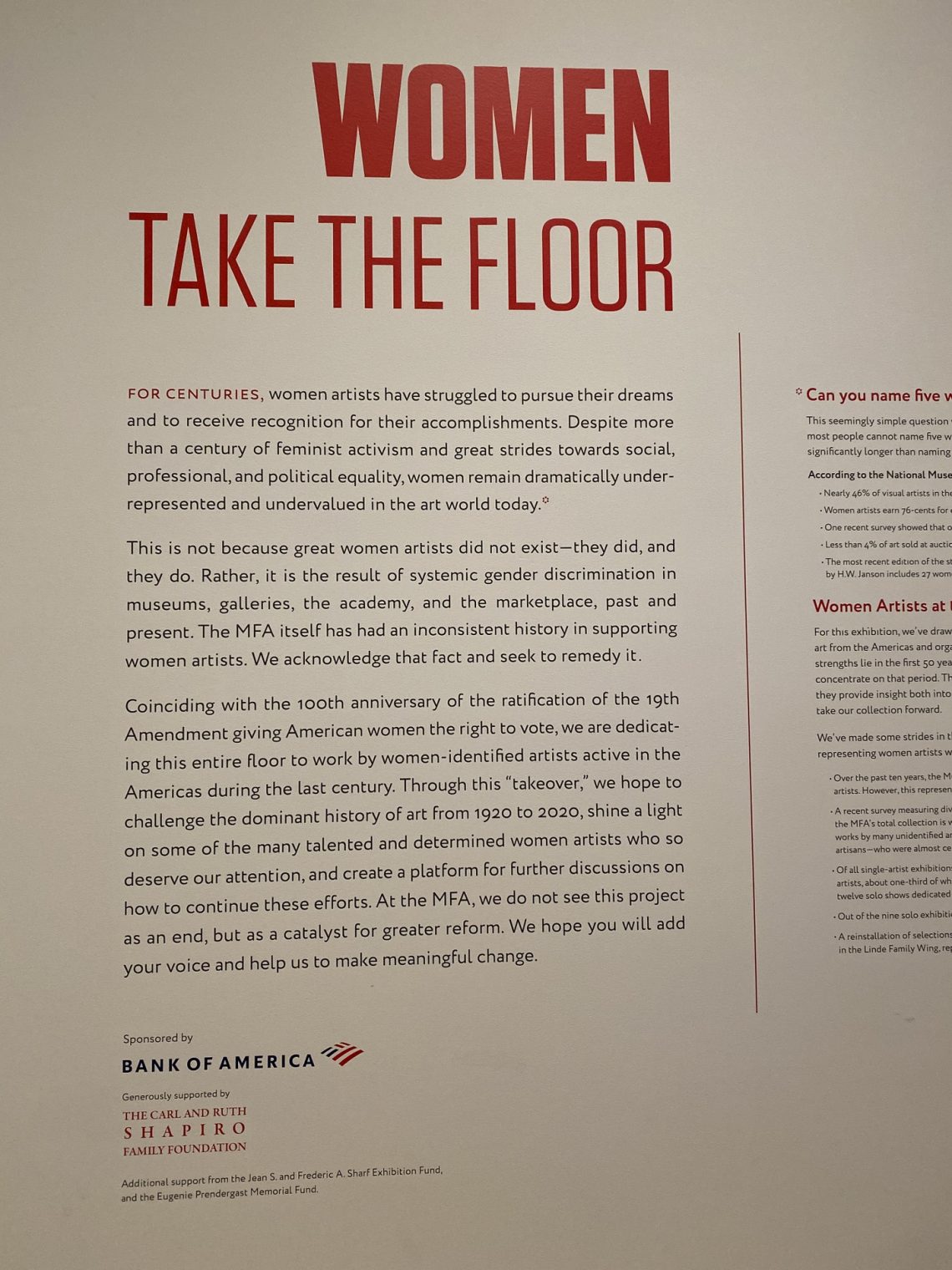
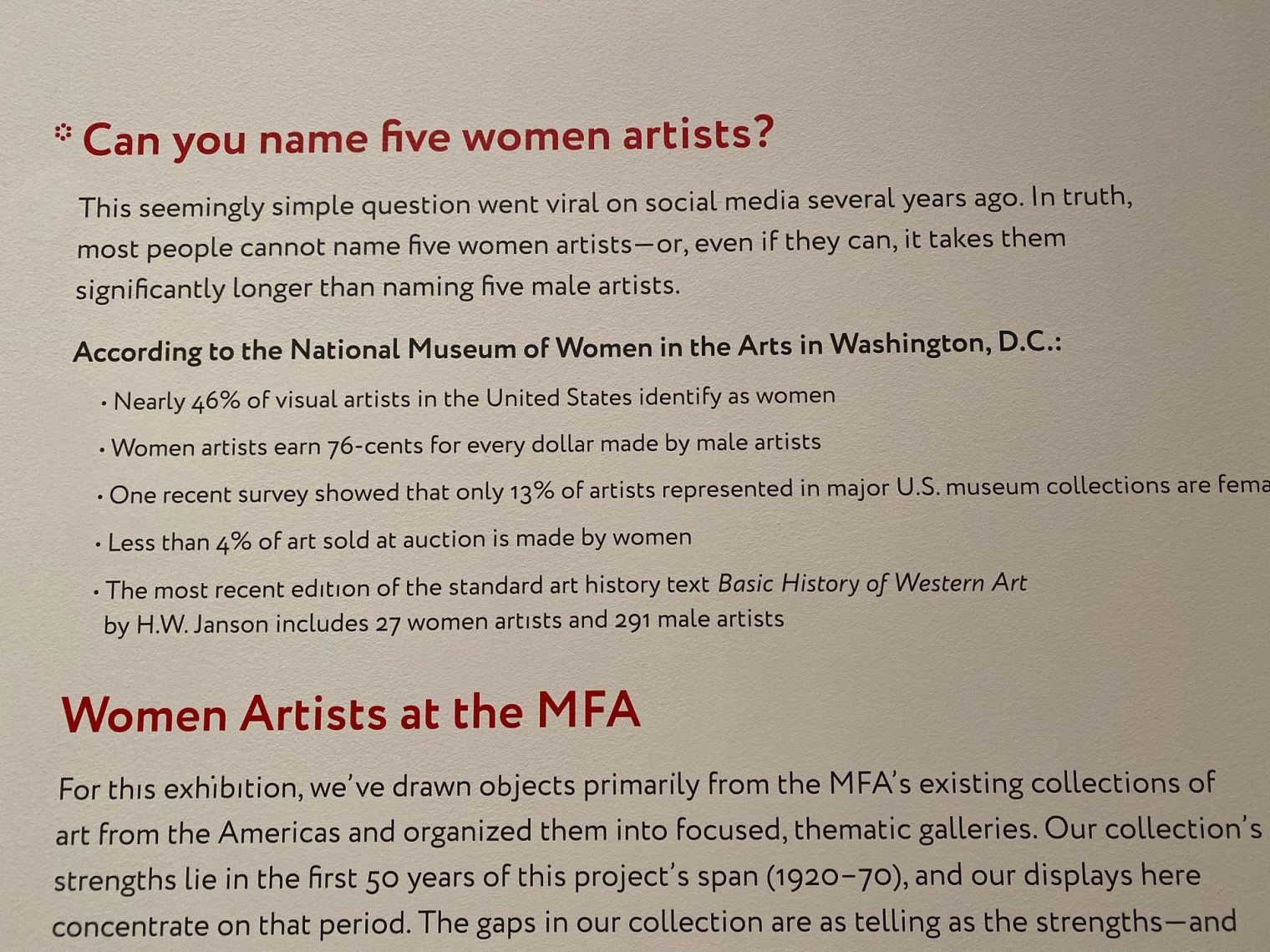
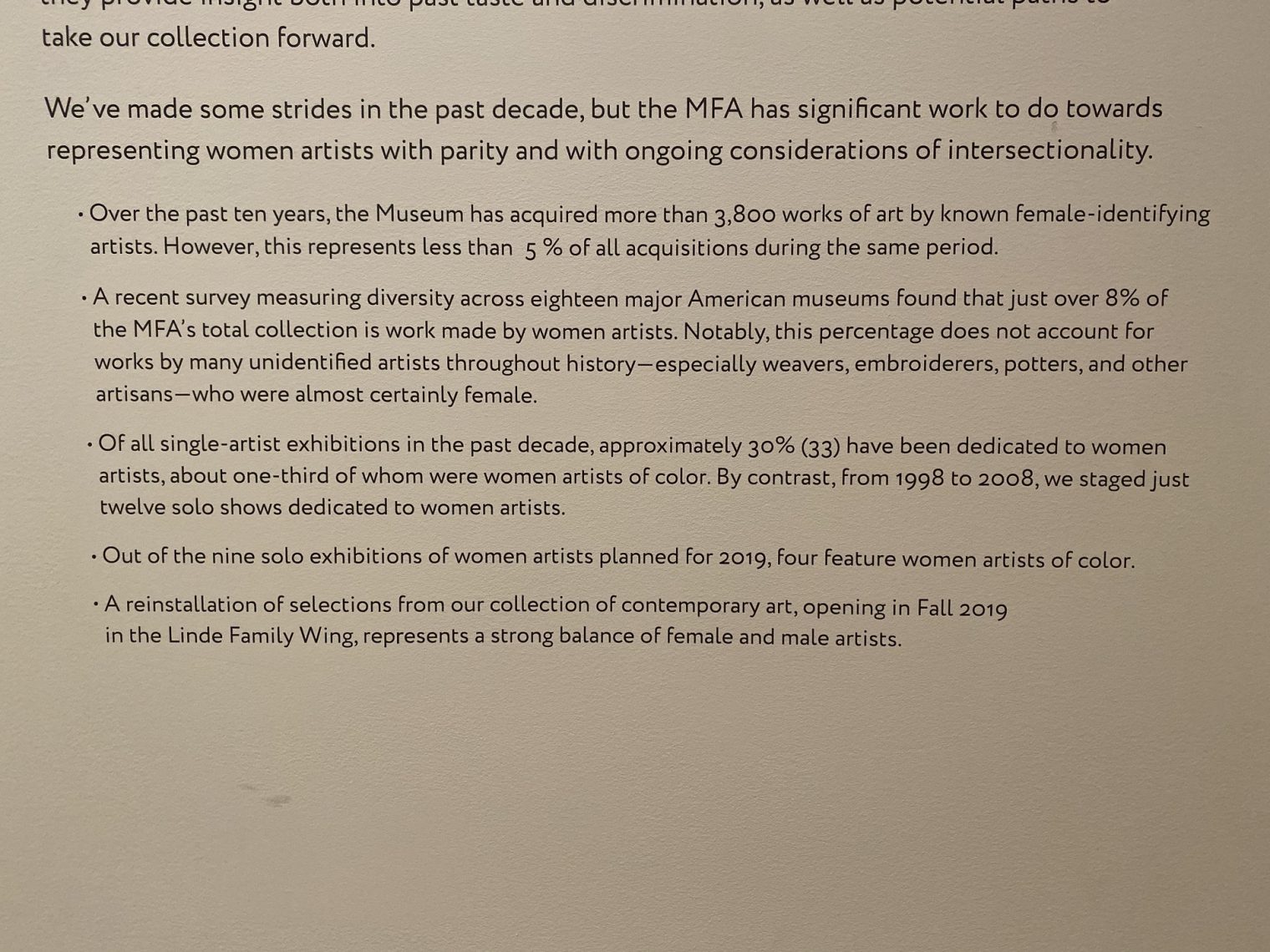
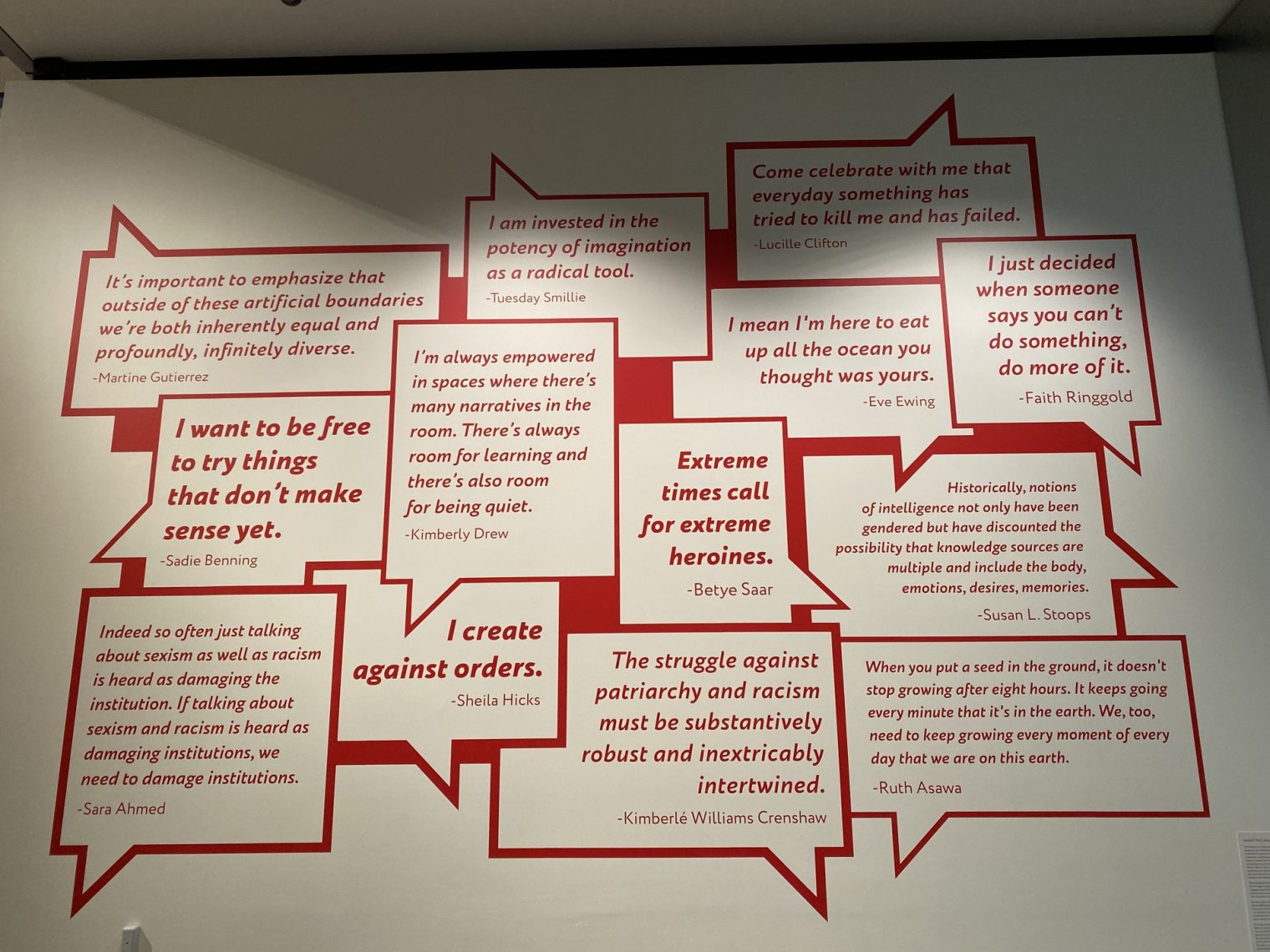
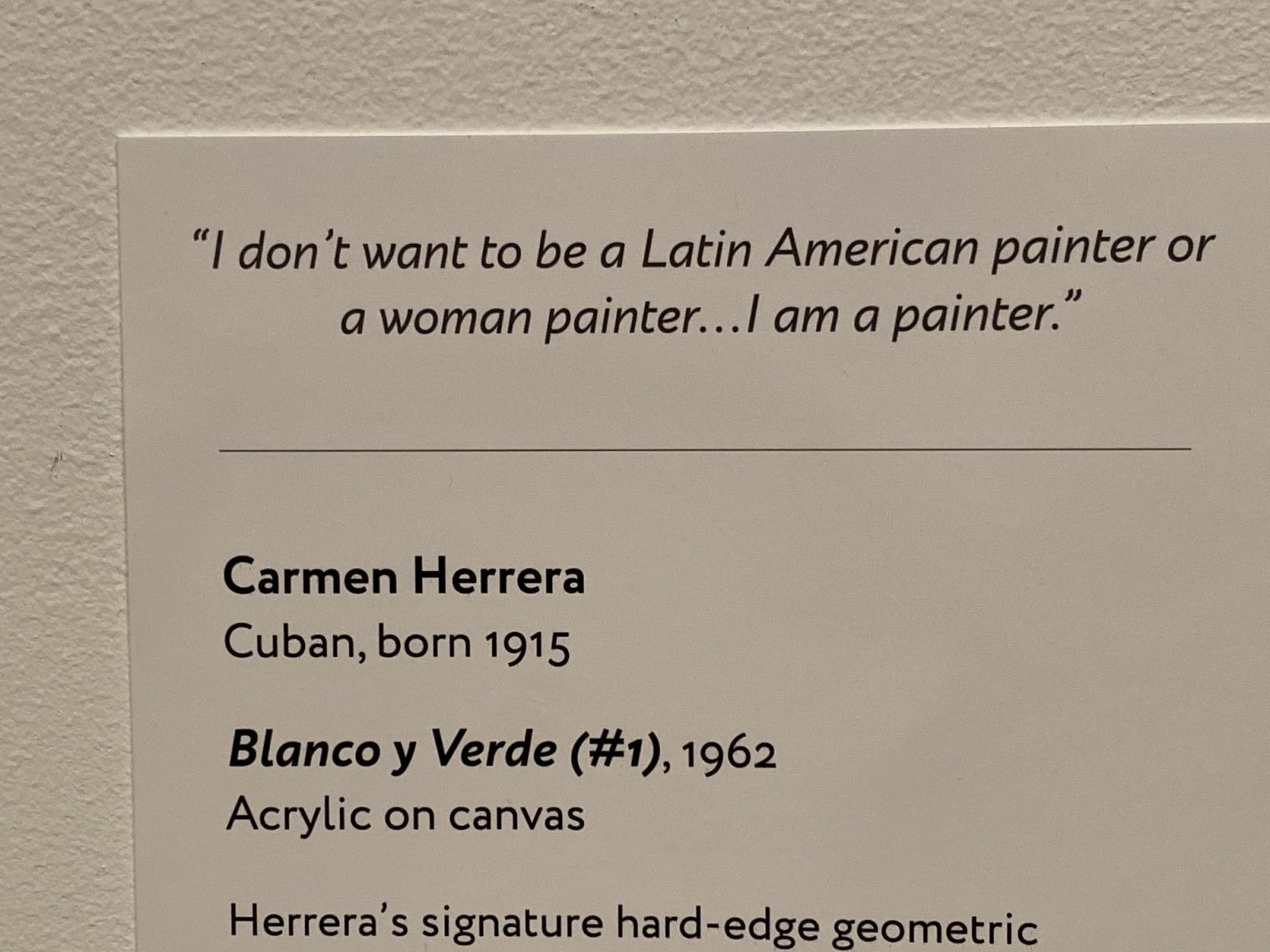
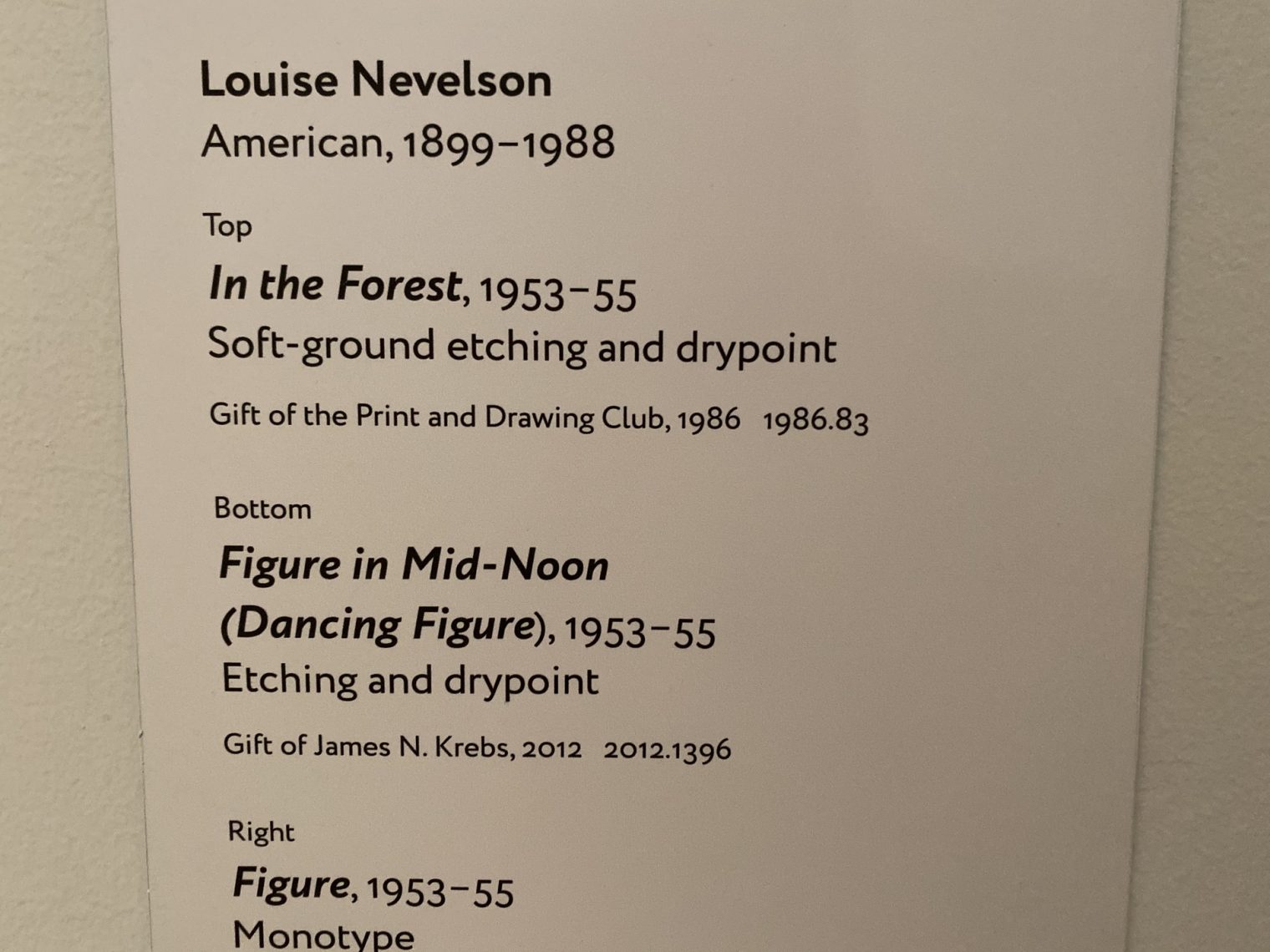
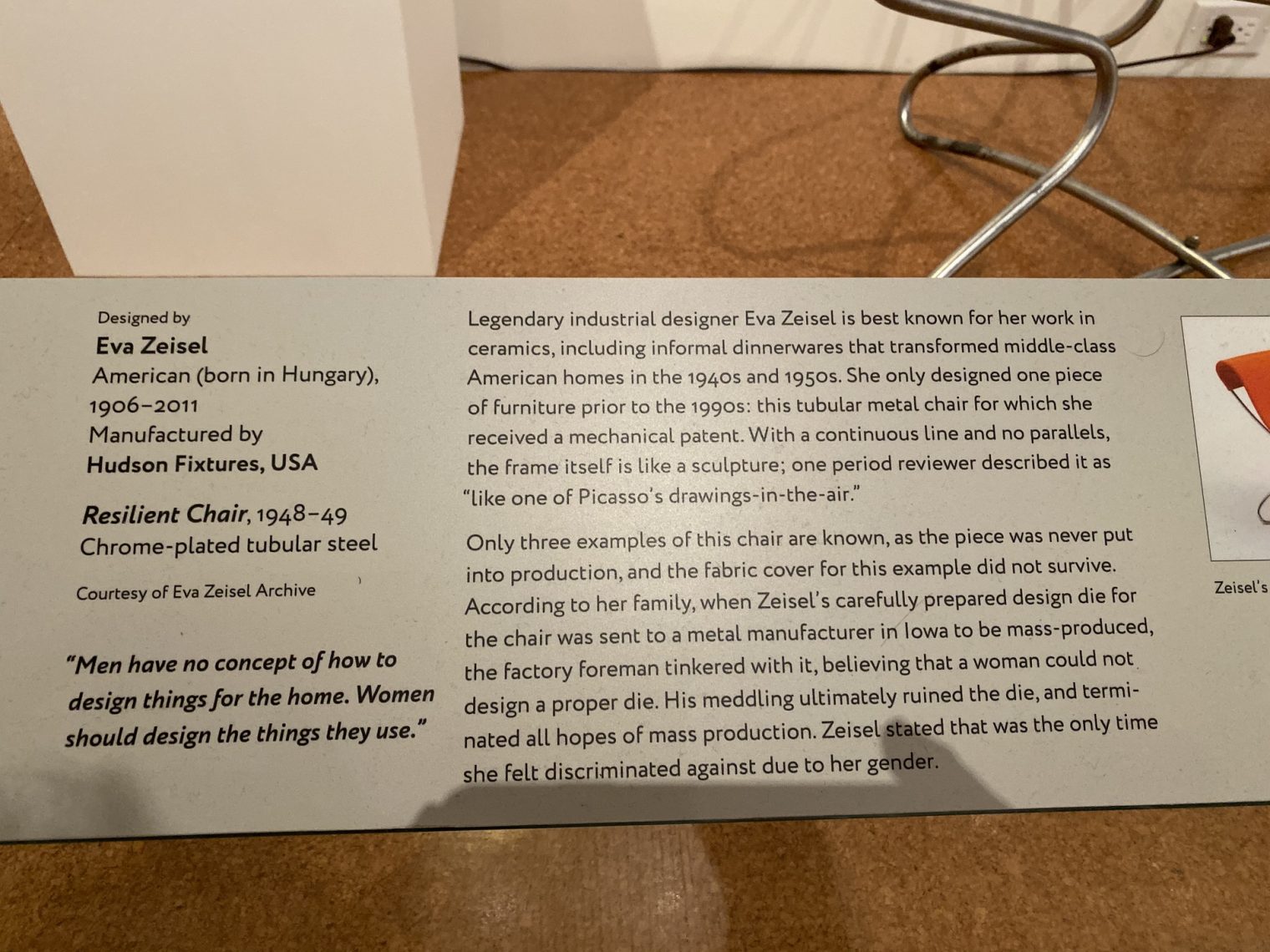
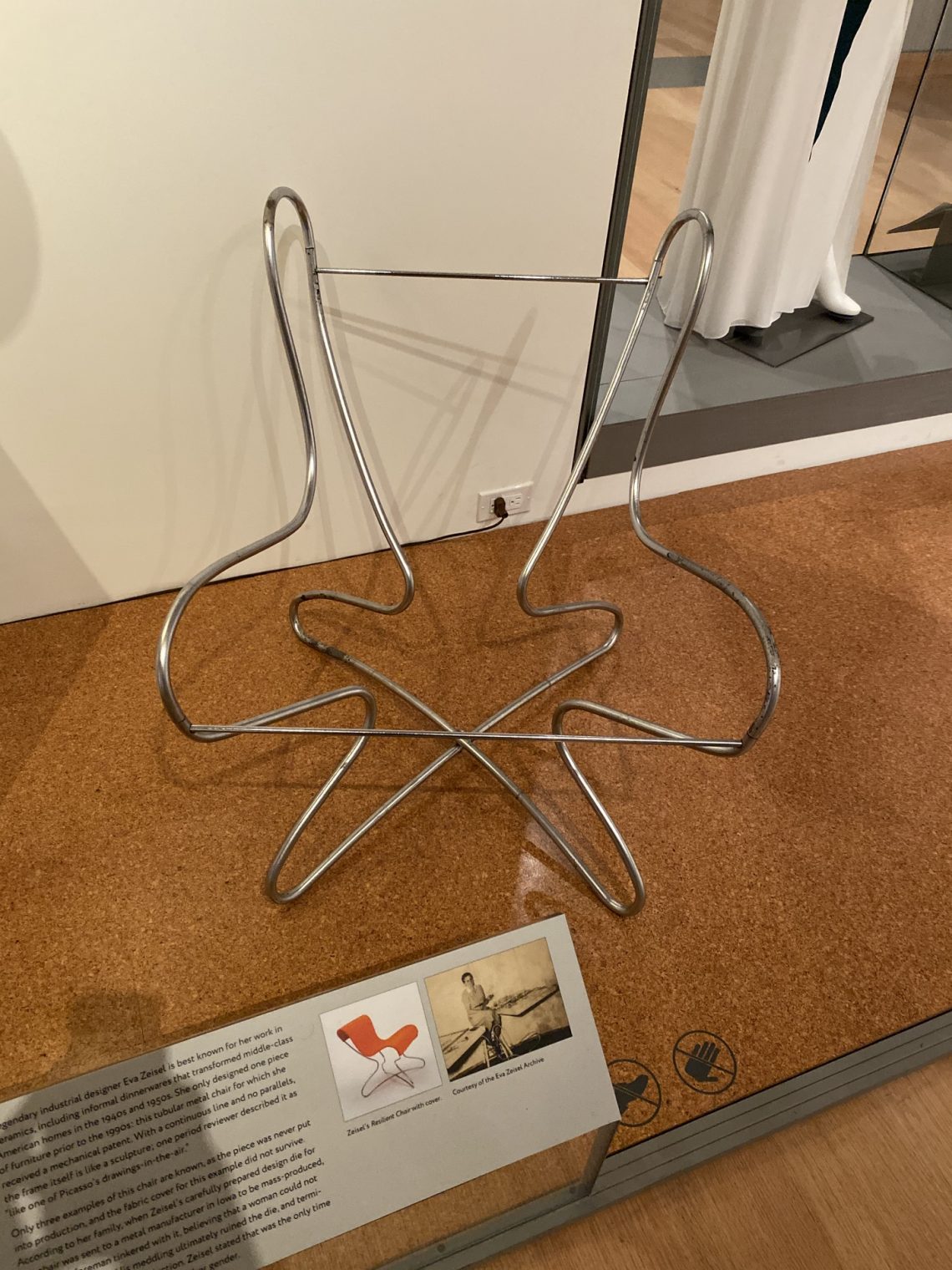
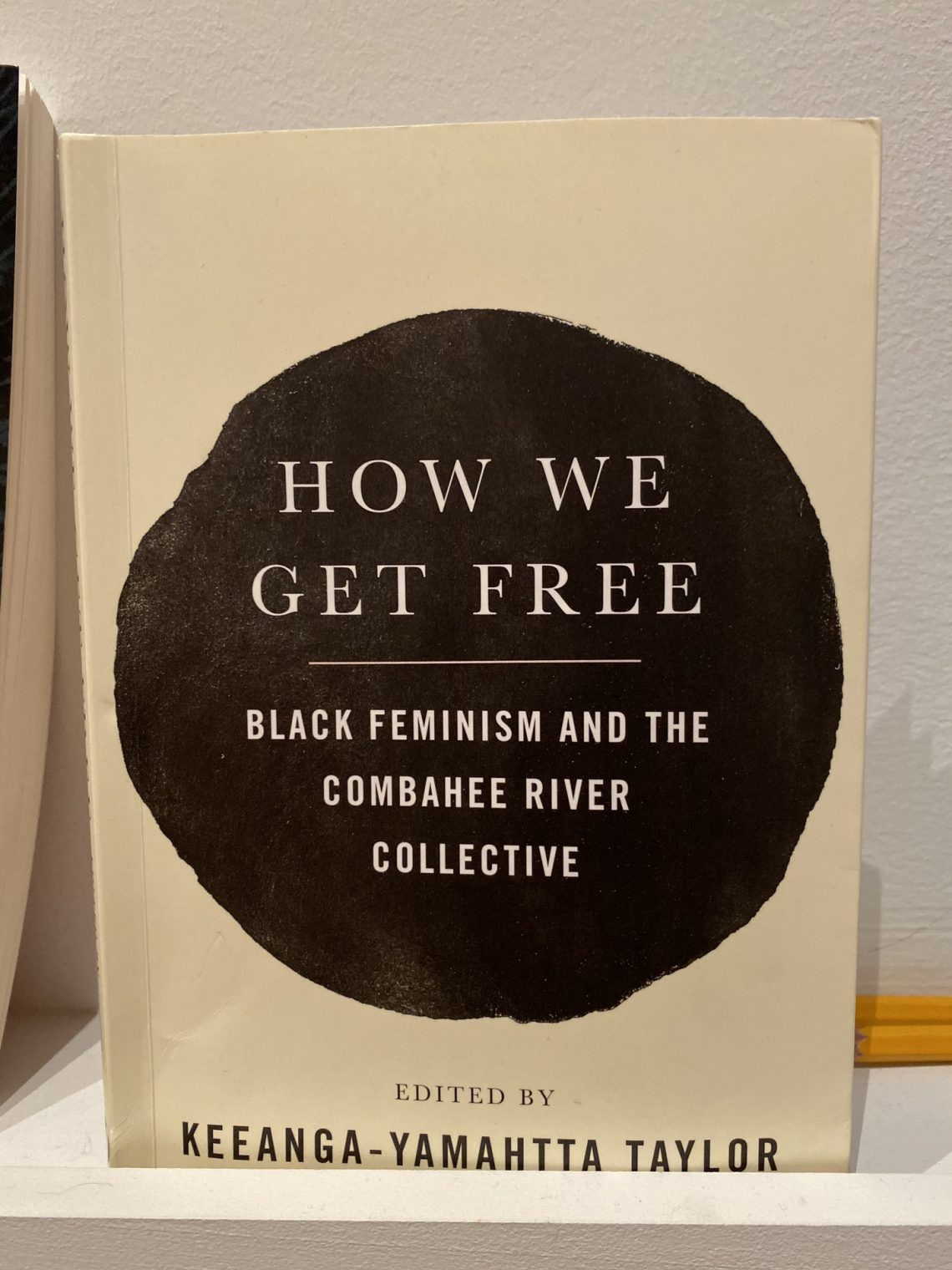
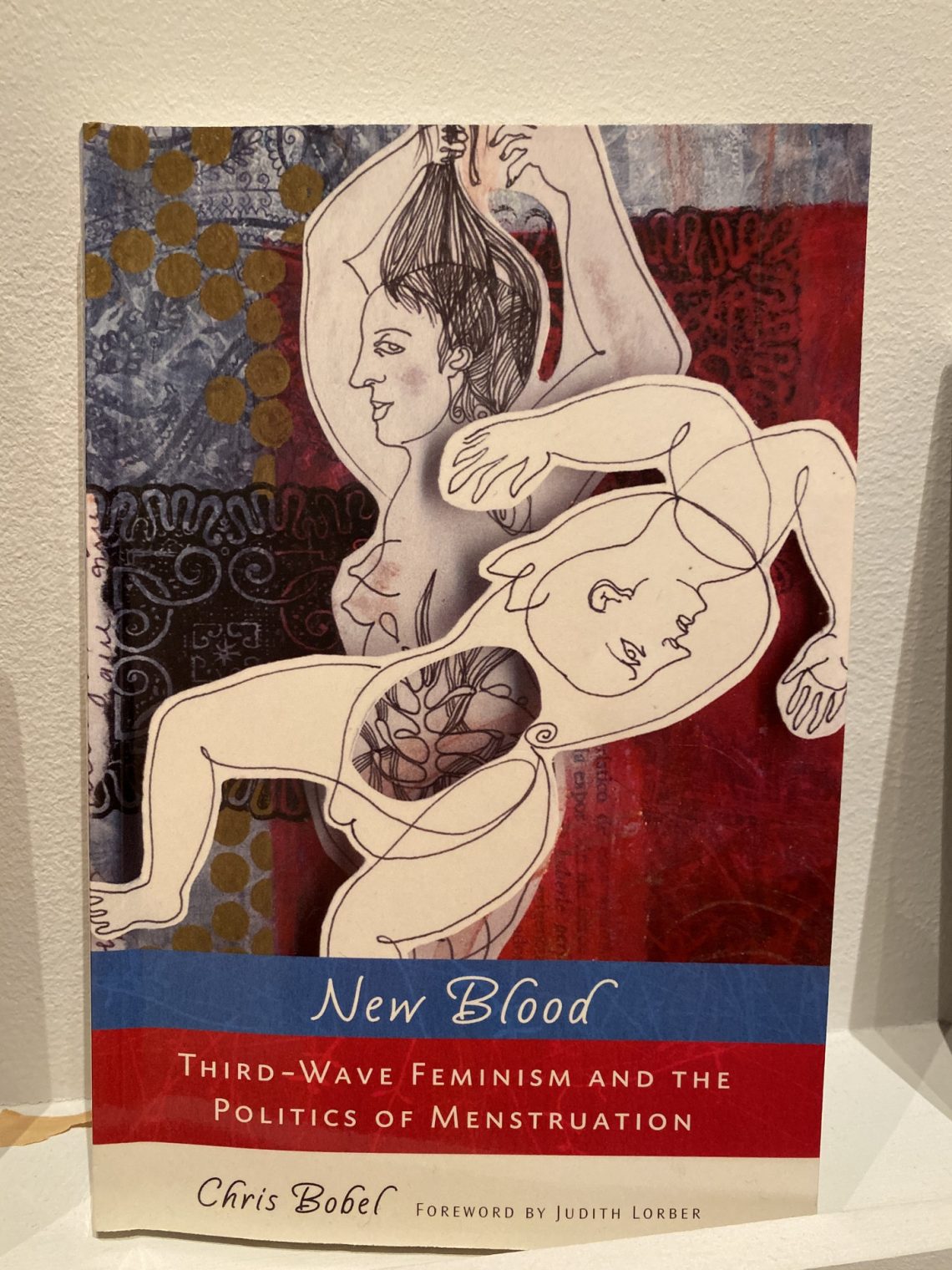
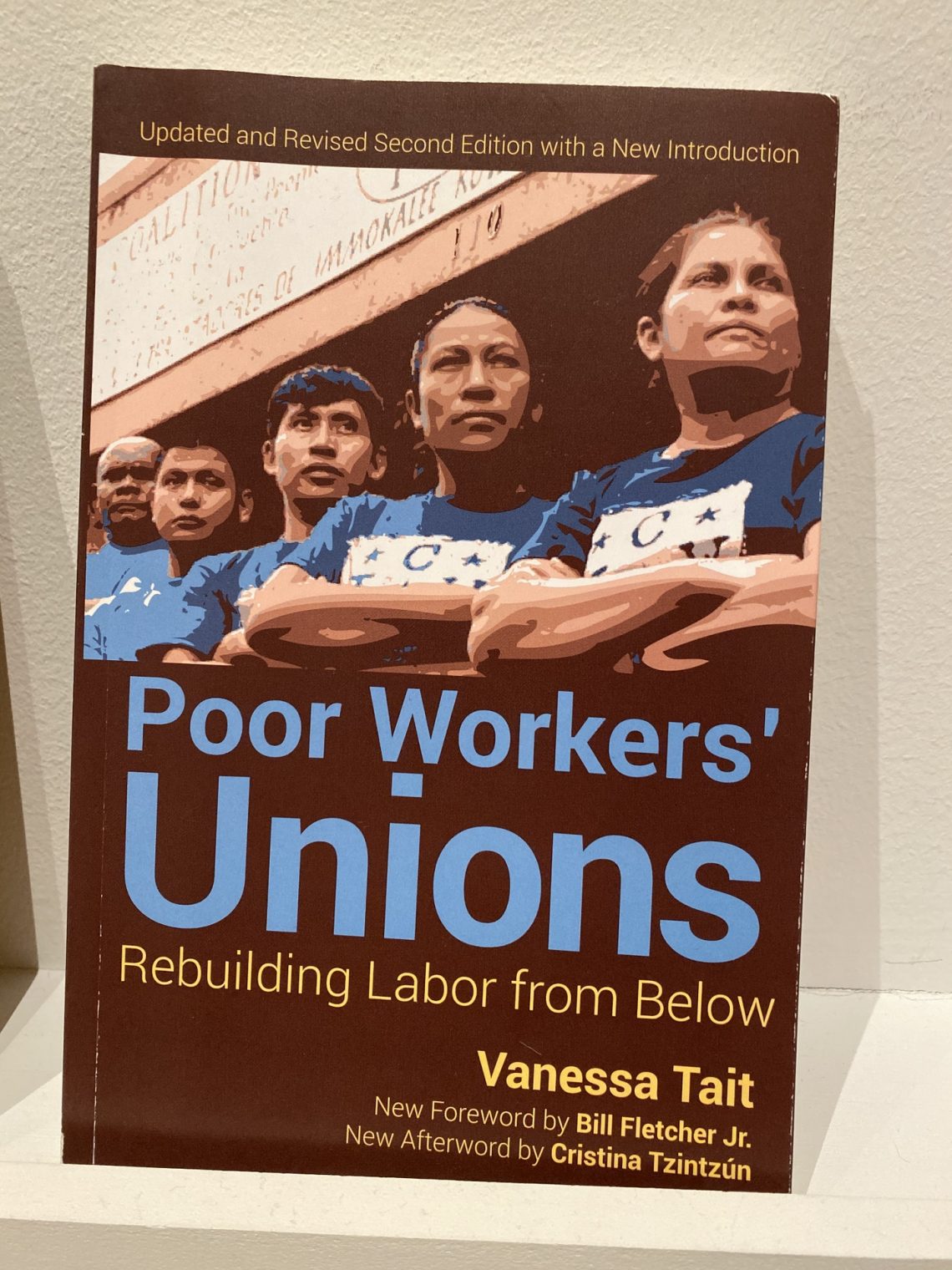
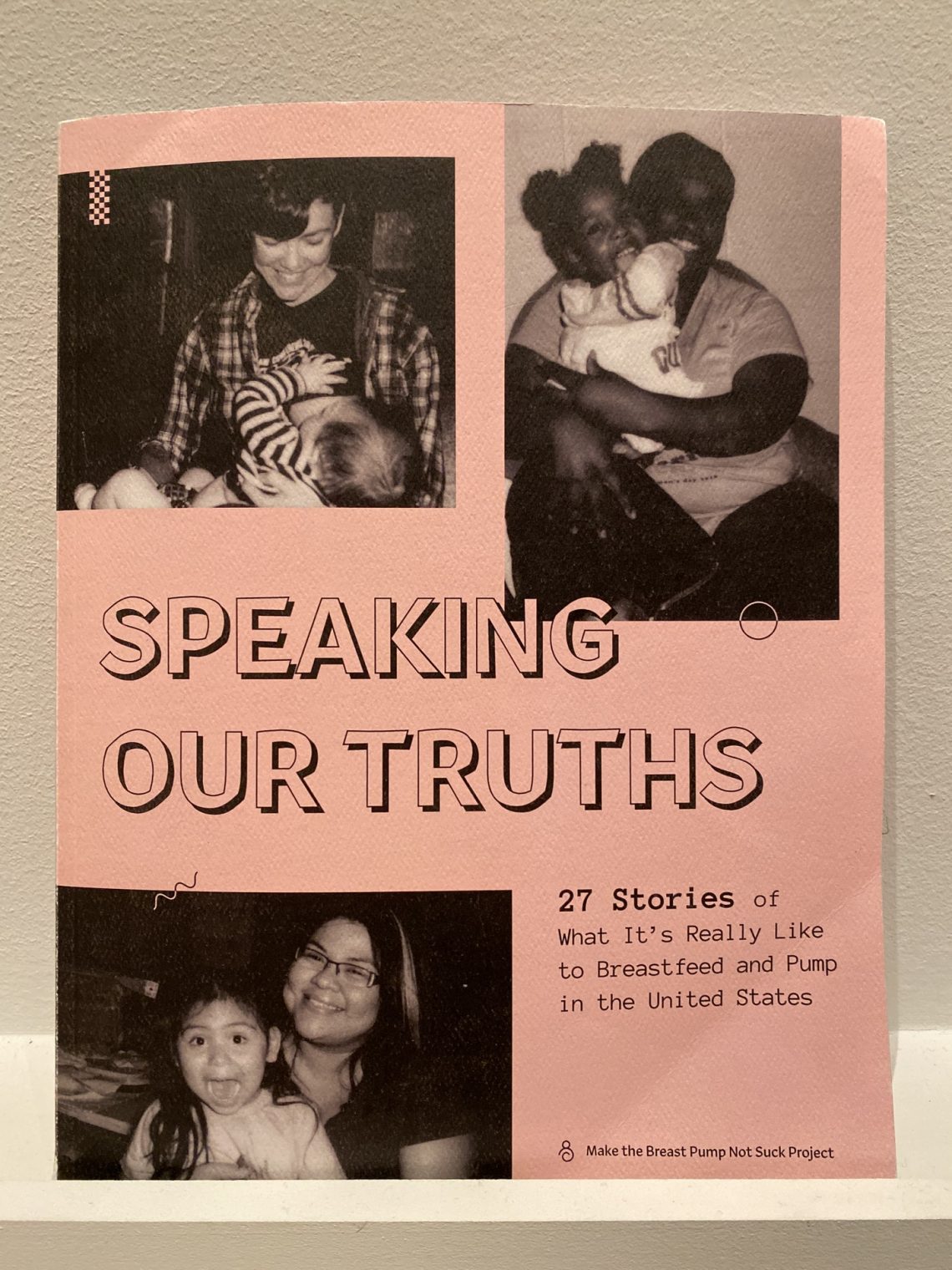
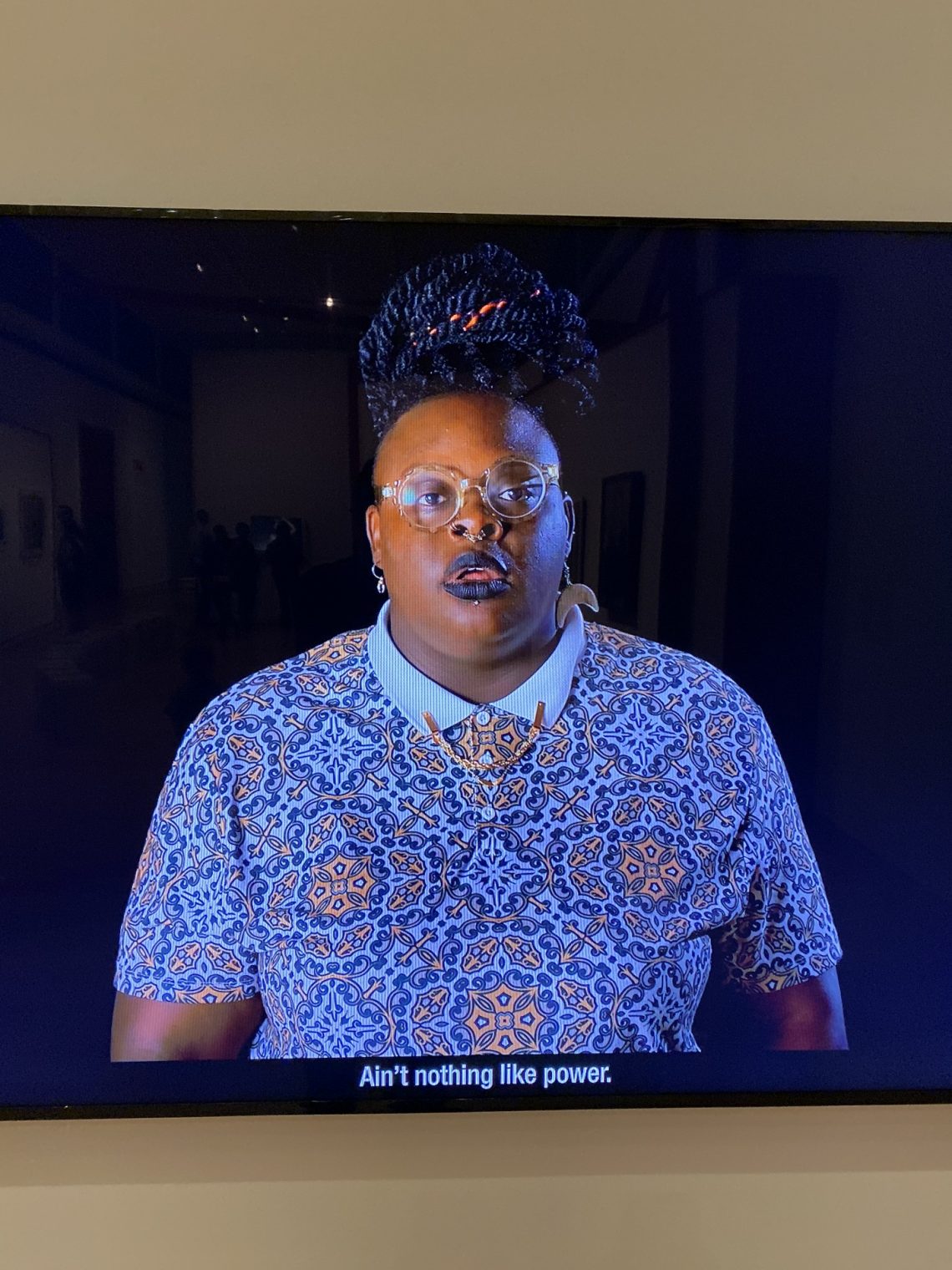
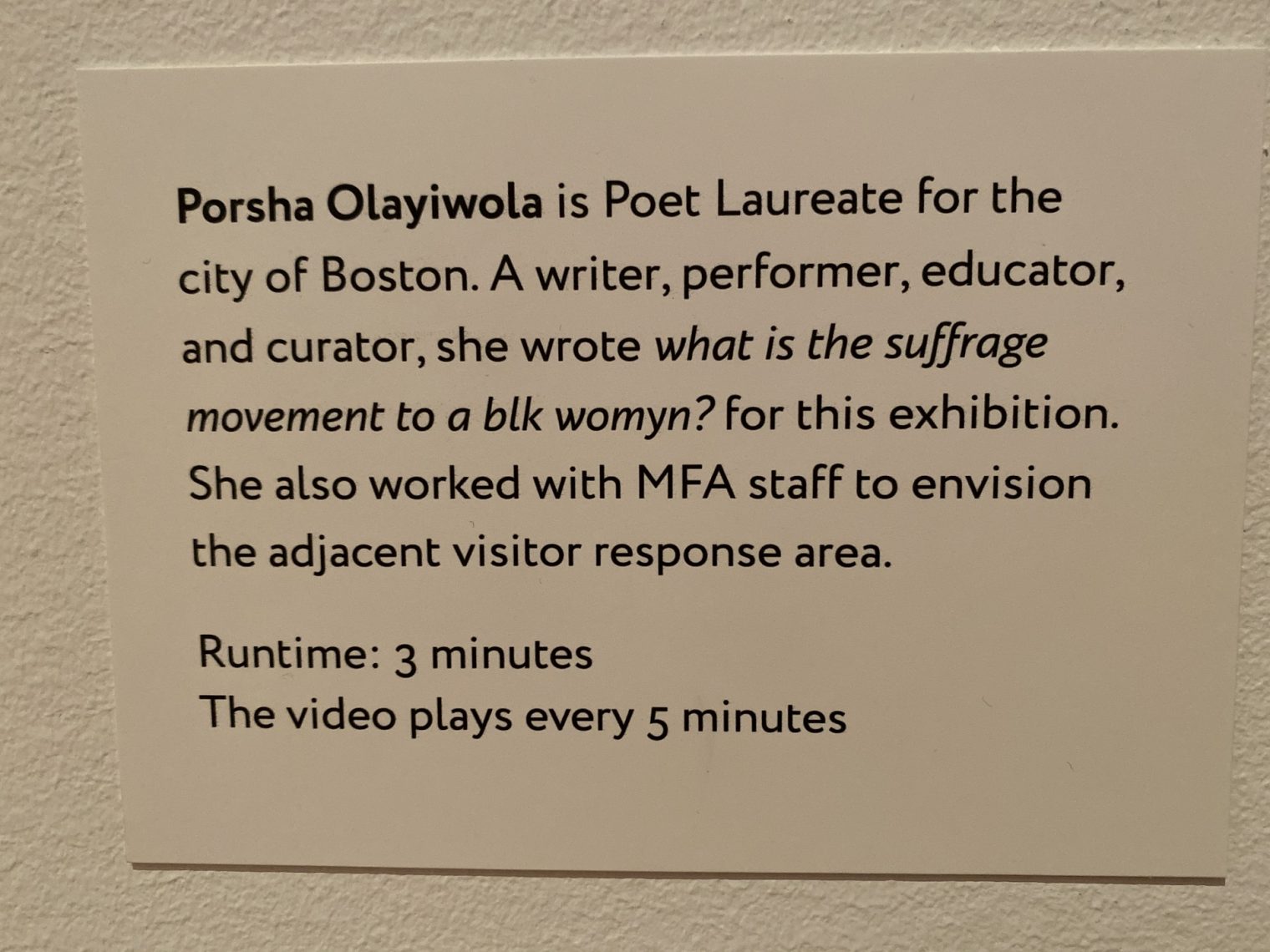
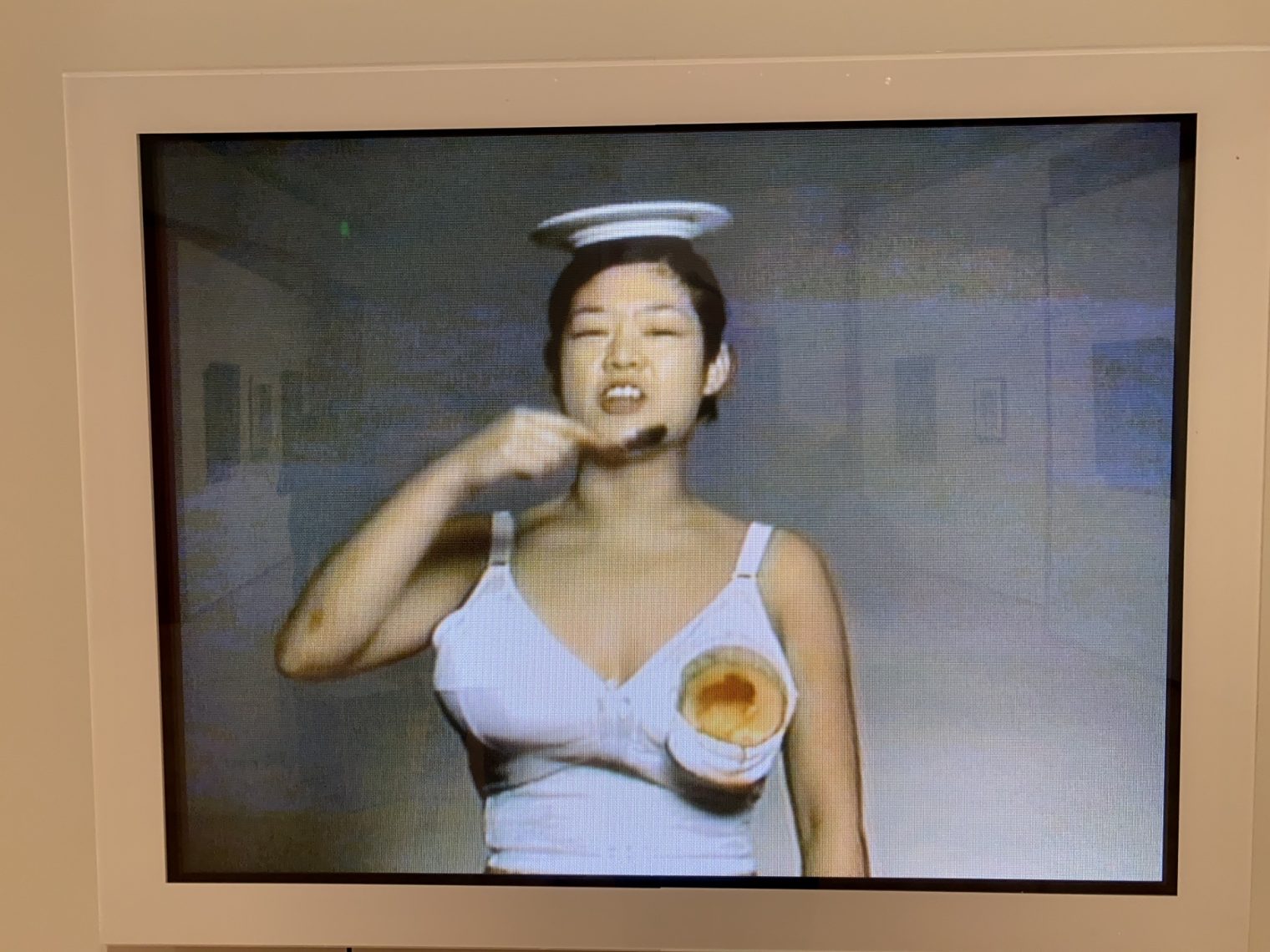
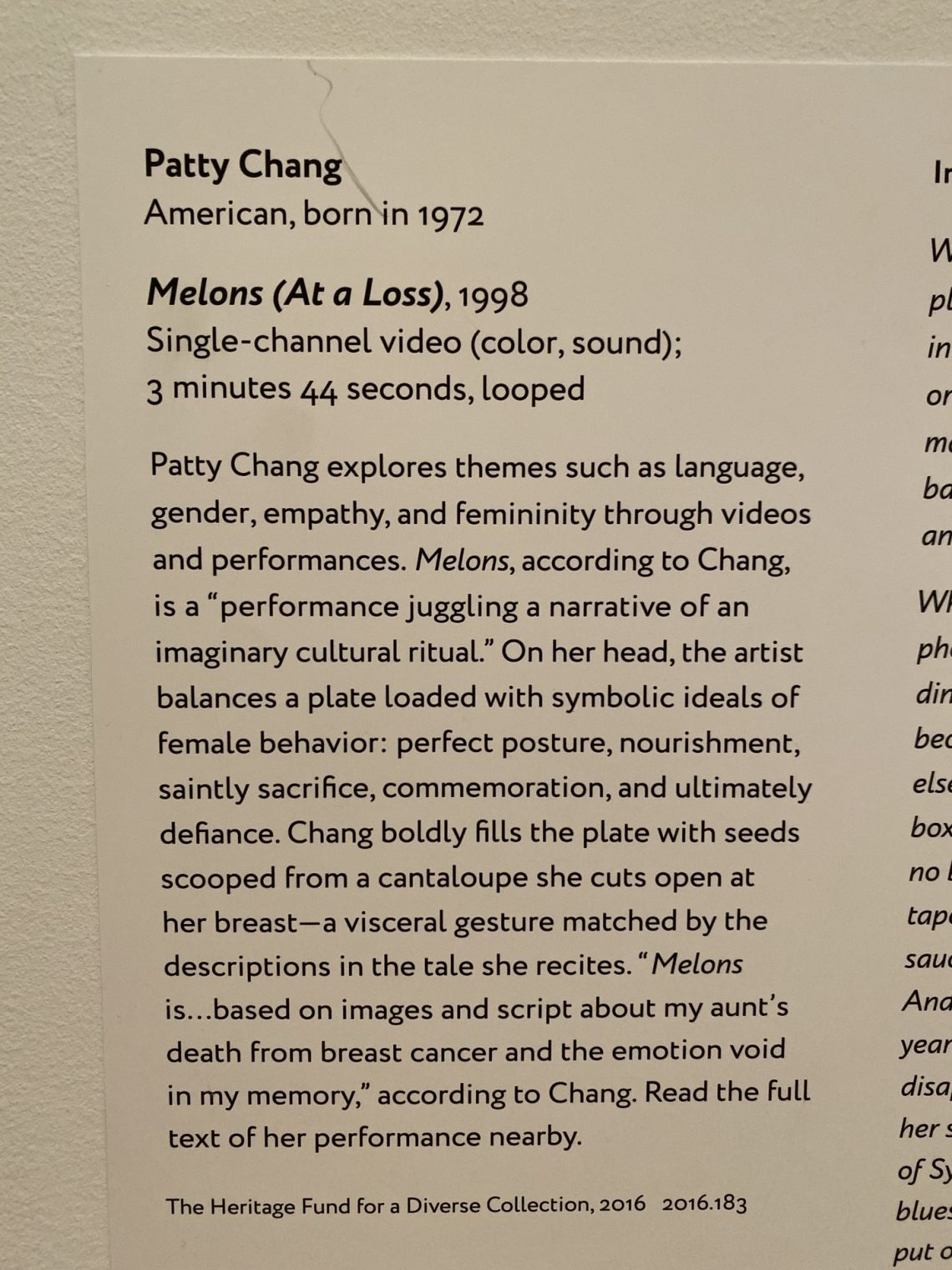
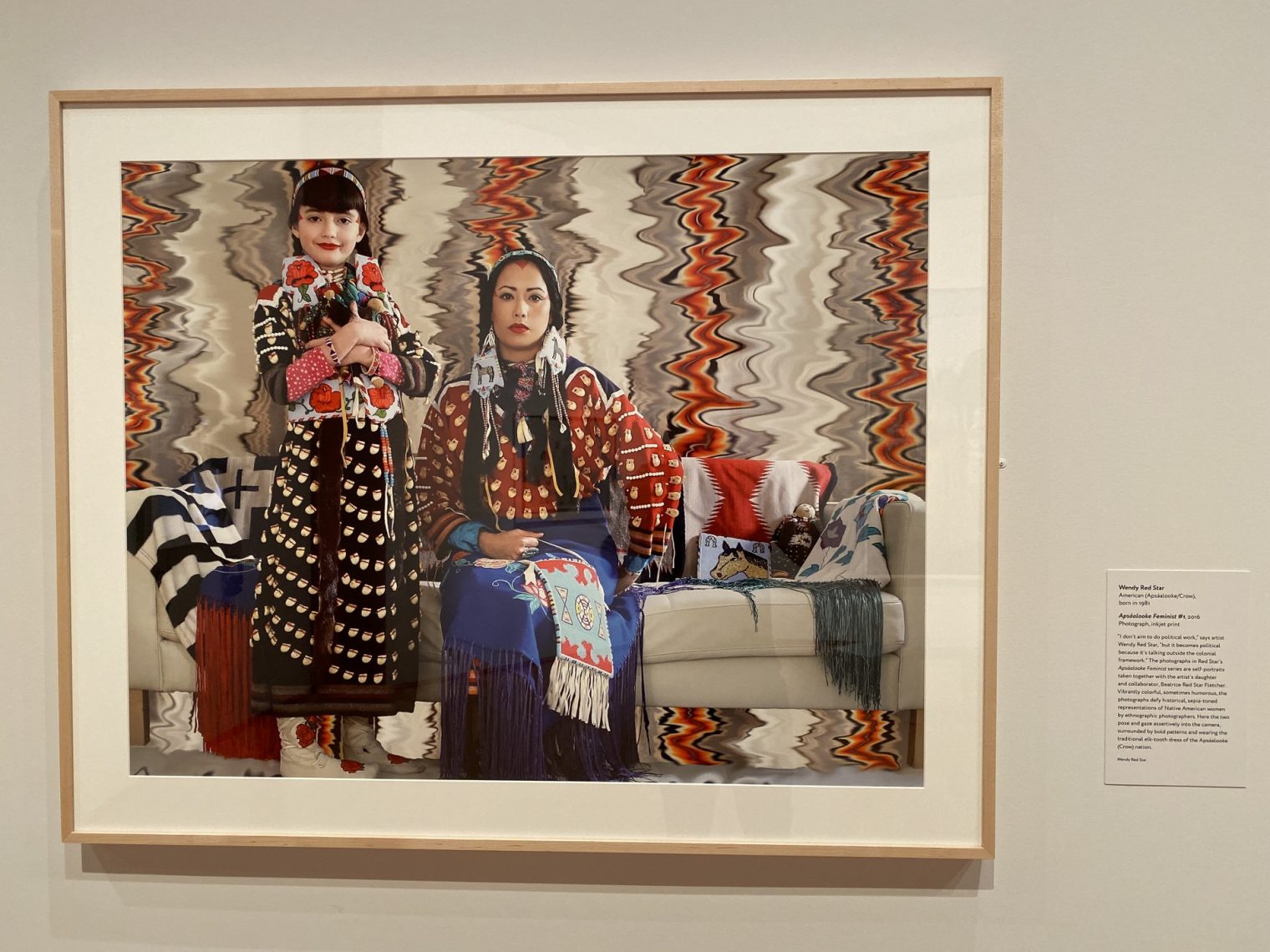
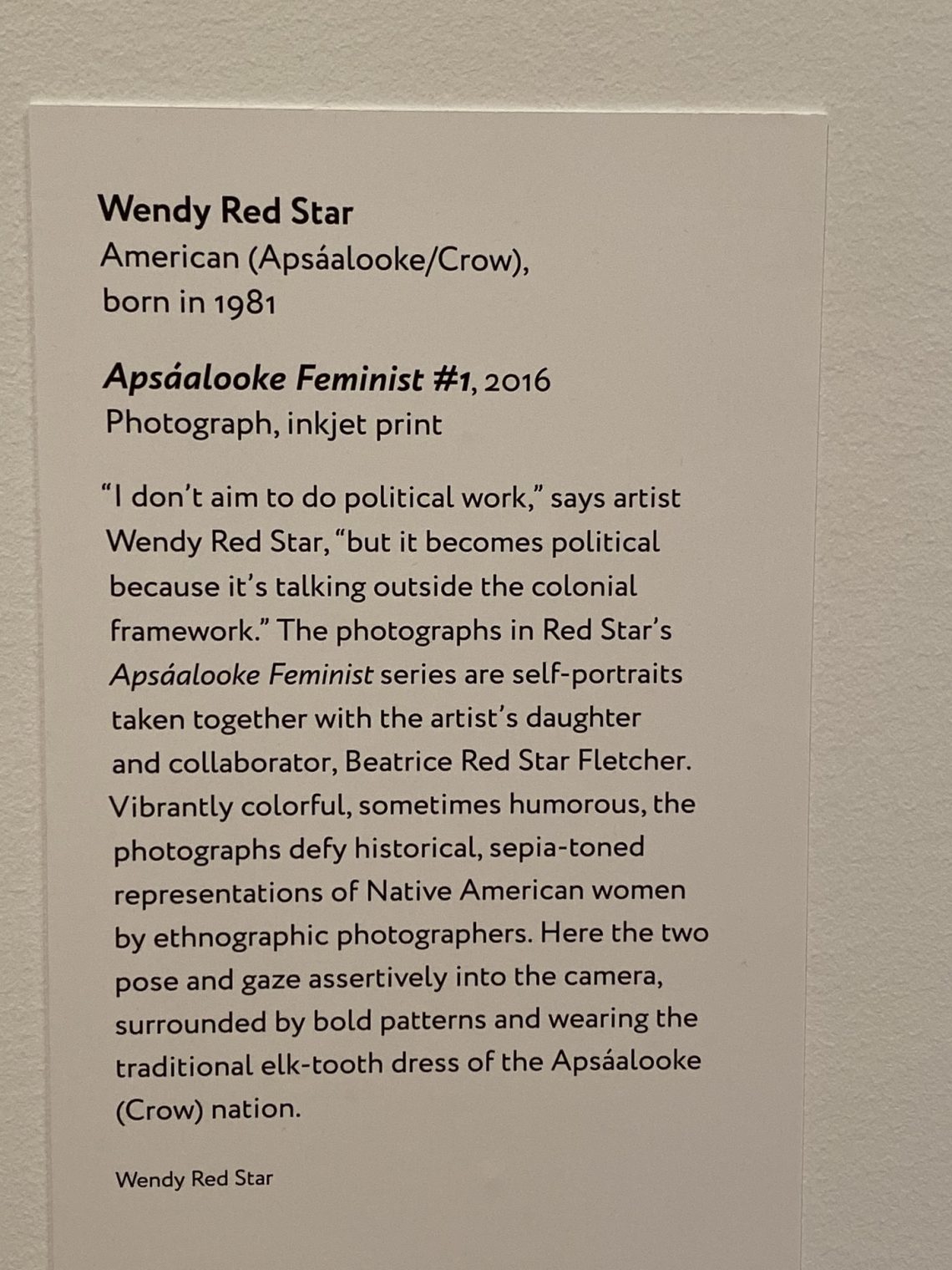
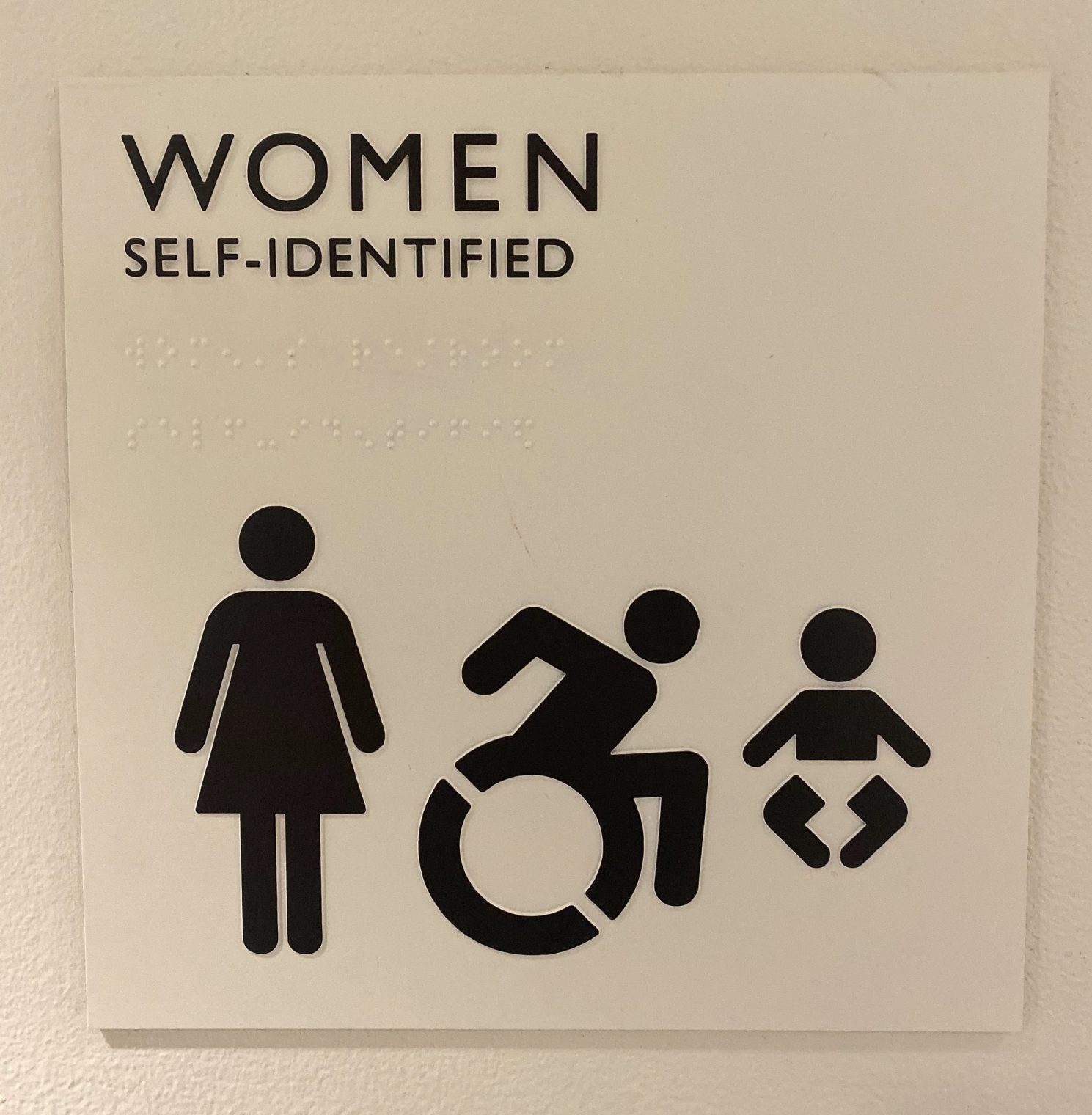
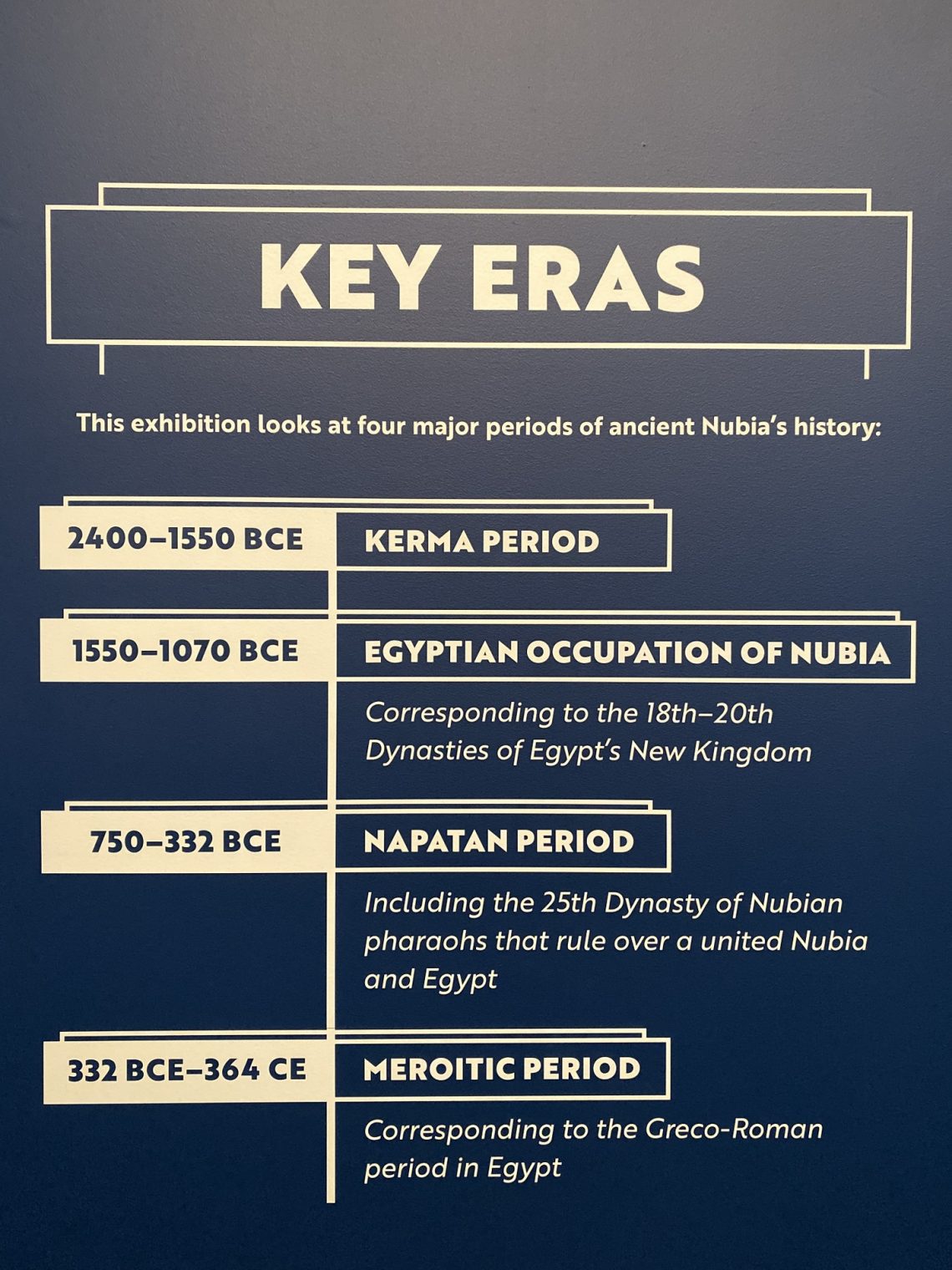
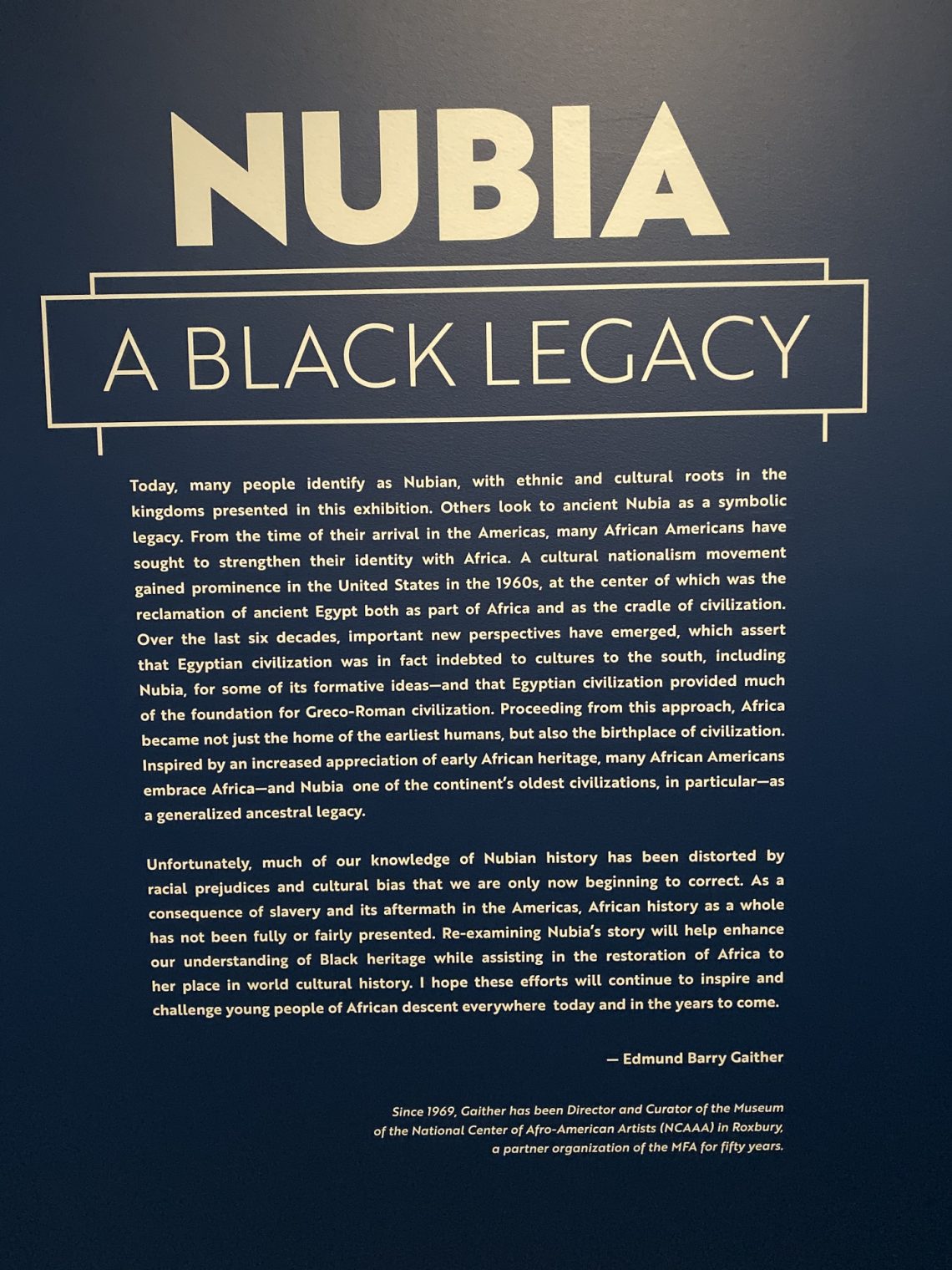

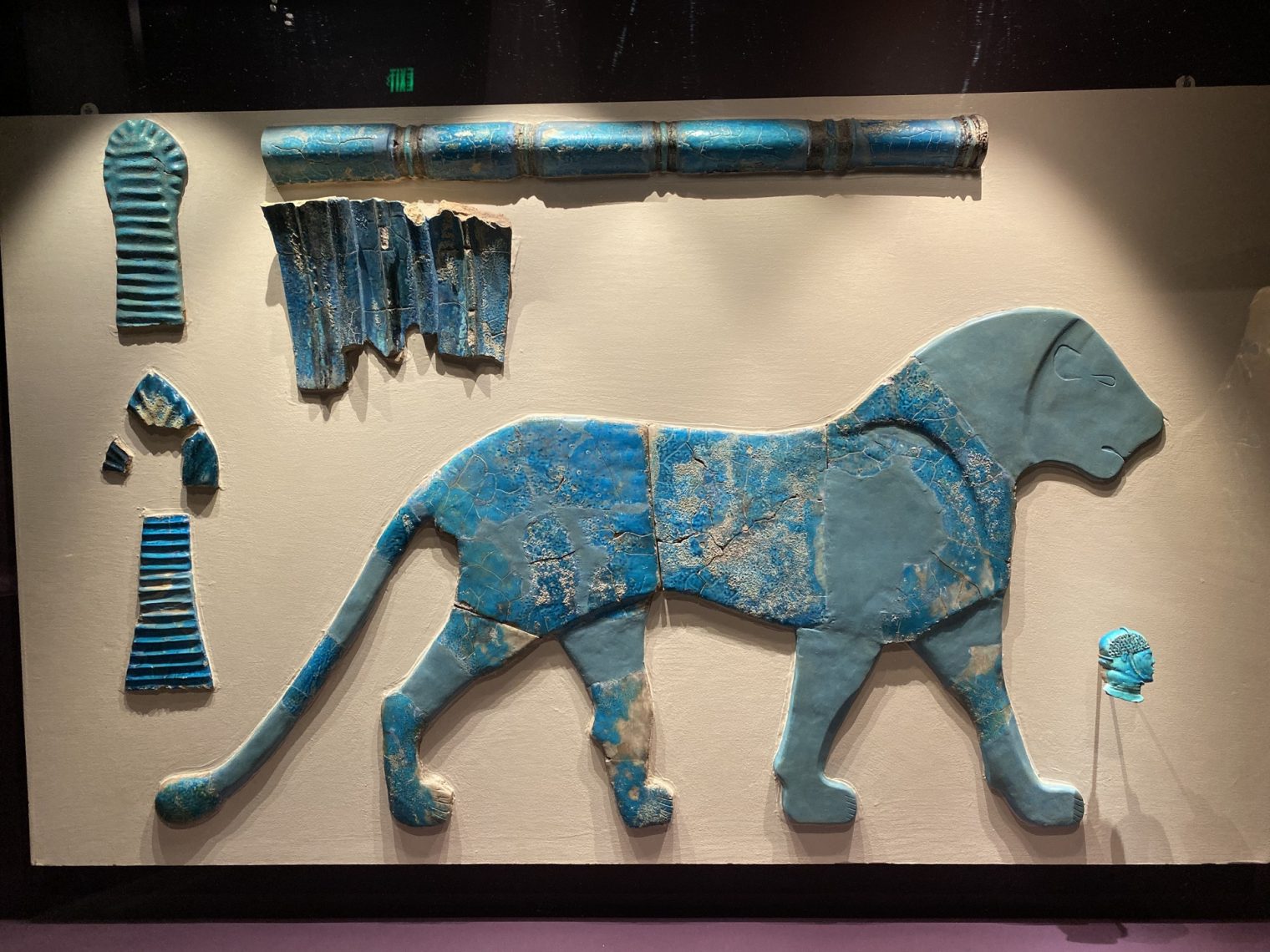
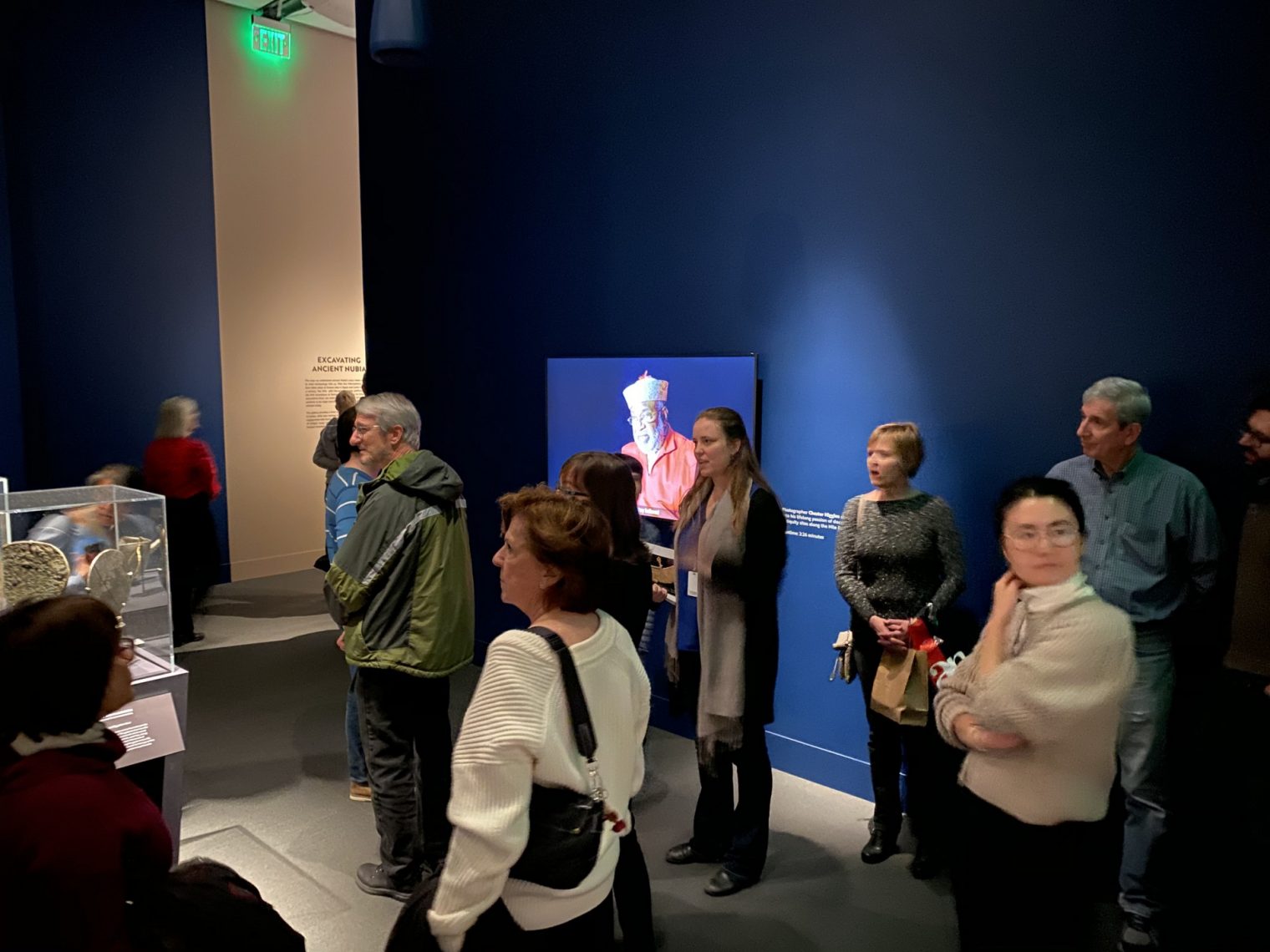
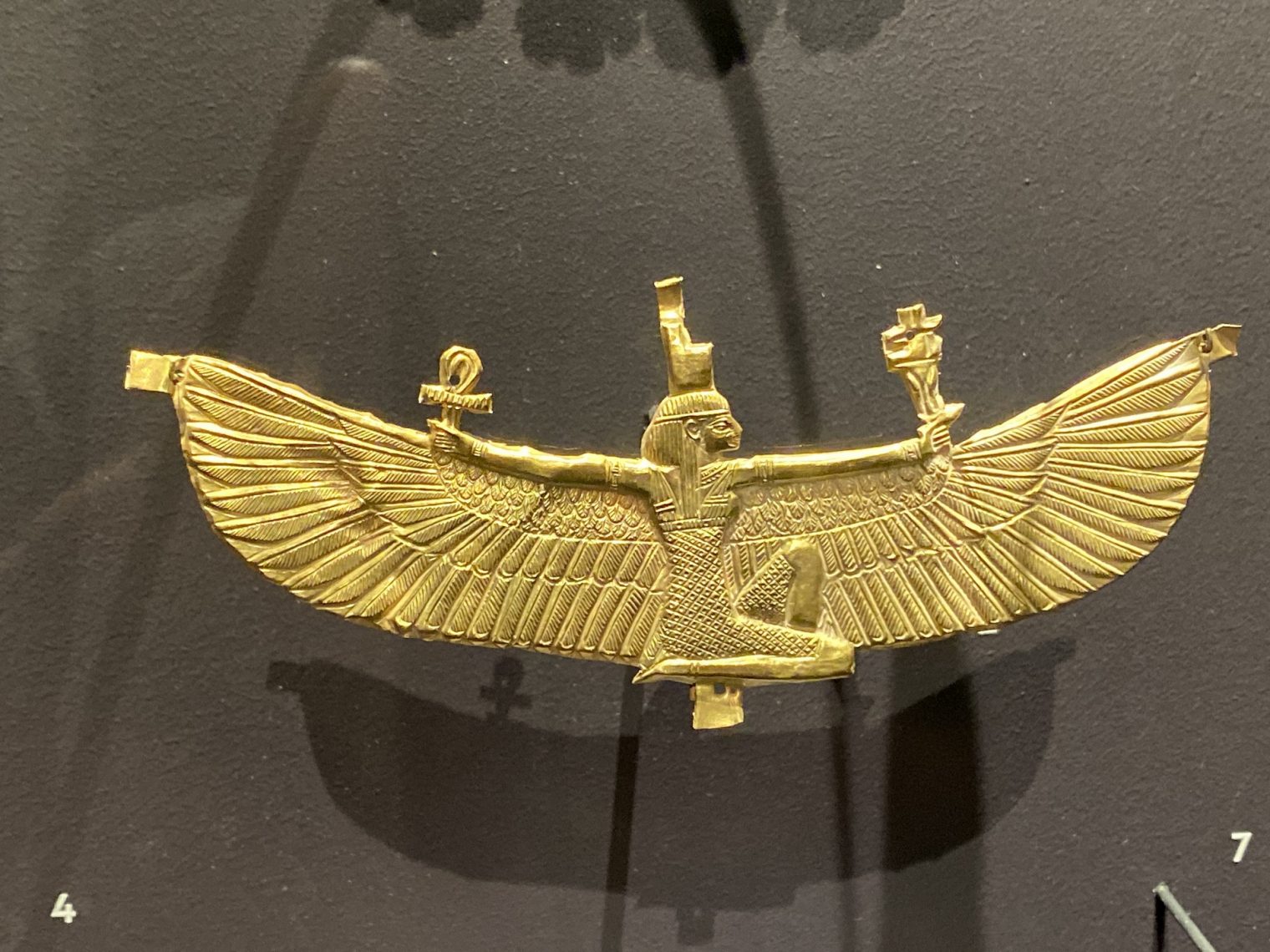
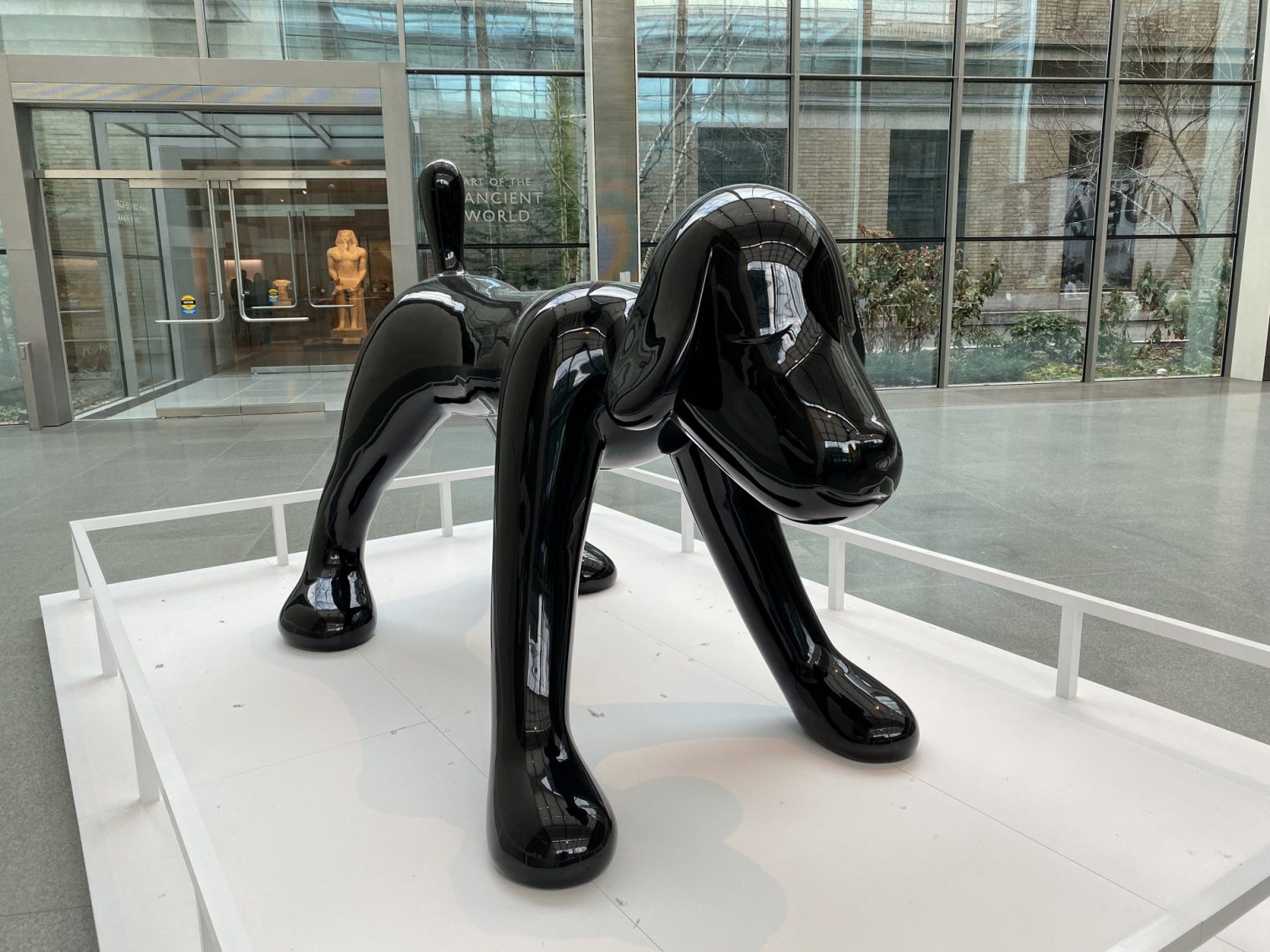
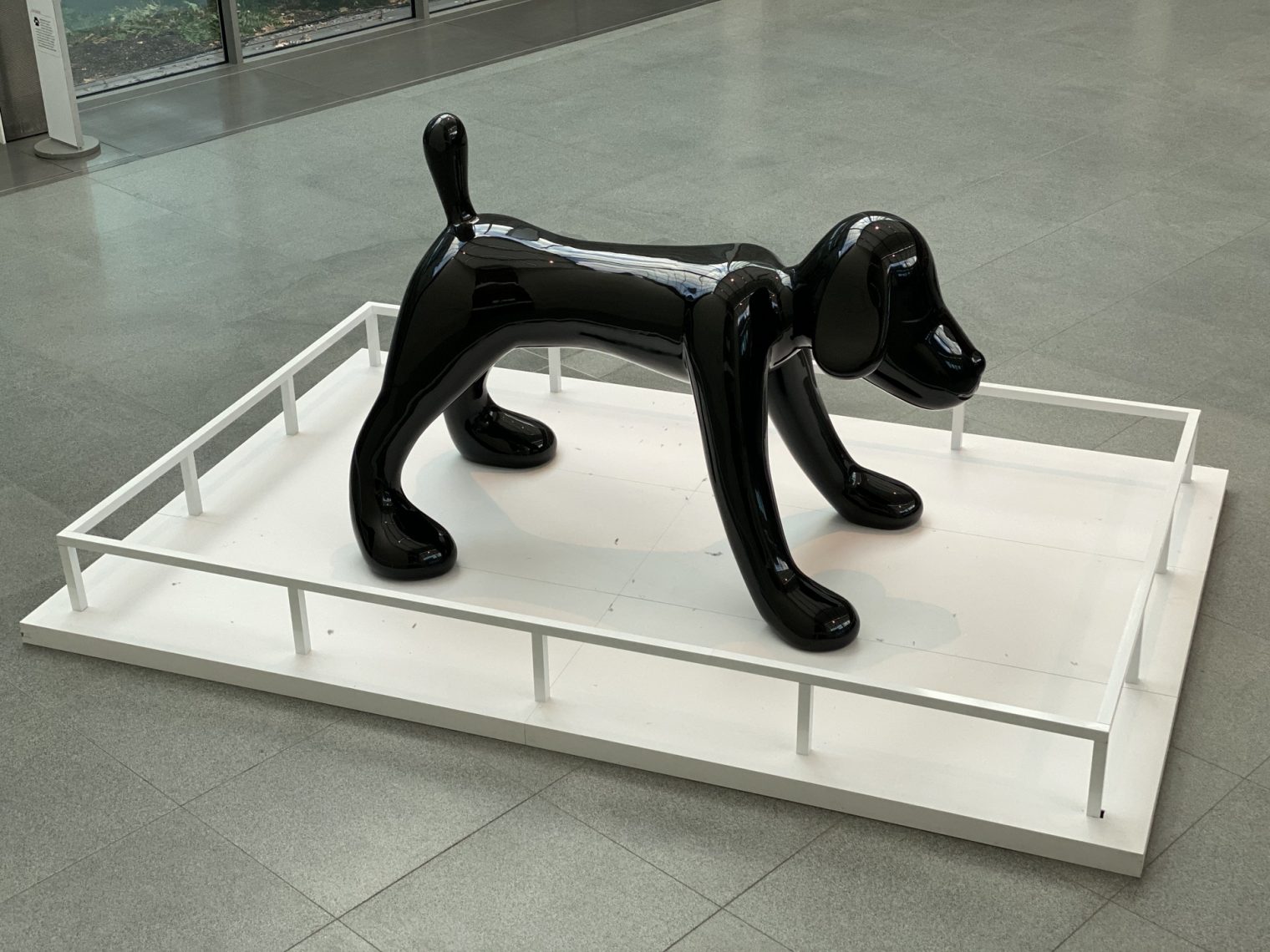
Missing? How about any artifacts unearthed from or pictures of ancient Nubian cities?
demetri: Almost! I thought people might note that there were no black visitors to the exhibit regarding a “black legacy”.
Logic isn’t logically compatible with wokeness. Reason is a colonial imperialistic white male chaivinist porcine concept anyway, so those who manifetly lack any capacity for it are drawn in droves to the demagogic diversity drivel.
>> Exercise for readers: What’s missing from the “Black Legacy” exhibit?
Um… black visitors? 😉
Also, I could’ve expected a few more Nubian cultural exhibits, as Kush was the world’s cultural and economic powerhouse of the ancient era (https://en.wikipedia.org/wiki/Nubia). And all I can see–at least in these photos–are specimens of woke American writings of the early XXI century, the New Dark Ages of Barbarism.
We’ve reached a point I didn’t anticipate: it’s time to roll out some legitimate fine art, for comparative purposes. I give you Bob and Doug McKenzie in their 1983 classic, “Strange Brew”
A masterpiece of social commentary, the film explores themes of alienation, worker rights, capitalist oppression, mental illness, substance abuse, the struggle for justice, and so much more. It’s all here if you look hard. Filmed in 3-B (three beers and it’s OK):
“Two unemployed brothers, Bob and Doug McKenzie (Rick Moranis and Dave Thomas), place a live mouse in a beer bottle in an attempt to blackmail the local beer store into giving them free Elsinore beer, but are told to take up the matter with management at the Elsinore brewery. The brothers are given jobs on the bottling line inspecting for mice in the bottles.
https://www.youtube.com/watch?v=hWORVTX9mnU
Meanwhile, the evil Brewmeister Smith (Max von Sydow) is perfecting a secret plan to take over the world by placing a mind-control drug in Elsinore beer which, while rendering the consumer docile, also makes him or her attack others when certain musical tones are played. Smith tests this adulterated beer on patients of the neighbouring Royal Canadian Institute for the Mentally Insane, which is connected to the brewery by tunnels.”
sigh. We truly live in the most embarrassing timeline
I wonder how many of the works on display at the MFA would be characterized as “whitewashing blood money” by the radical social justice standards of judgment increasingly applied today – particularly the Rockefeller collection of Native American artwork? I mean, after all, Richard Nixon gave David Rockefeller, Sr. the chance to be treasury secretary twice, and in 1979 he helped bring the Shah of Iran to the United States for medical treatment. Then Bill Clinton awarded him the Presidential Medal of Freedom in 1998. Of course, the Ivy League and lots of other universities have been supported for generations by Rockefeller money…all built on Standard Oil, Chase Manhattan Bank, real estate, and international finance, etc. Today I would imagine many in the Ivy League look upon the original Rockefellers as being among the worst people in the universe, but Rockefeller money underpins almost everything around them (and the University of Chicago from scratch!)
>why not sell off some of the insanely valuable work by male-identified artists throughout the museum and use the profits to buy currently undervalued work by “great women artists”?
Good question! Selling works by “major” artists (i.e., those whose names people know) to finance the acquisition of other, lesser-known (and controversial) artists’ work actually has some recent historical precedent at the MFA (https://en.wikipedia.org/wiki/Museum_of_Fine_Arts,_Boston):
“In 2011, the museum put eight paintings by Monet, Renoir, Pissarro, Sisley, Gauguin, and others on sale at Sotheby’s, bringing in a total of $21.6 million, to pay for Man at His Bath by Gustave Caillebotte at a cost reported to be more than $15 million.” The backstory on that acquisition is fascinating to read:
https://en.wikipedia.org/wiki/Homme_au_bain_(painting)
“Boston Globe editor Dante Ramos claimed that acquiring the Caillebotte is “the kind of bold, adventurous move that a world-class museum ought to be making,” while noting that there may not have been many benefactors willing to donate “a painting showing some random guy’s naked butt.””
Homme au bain is 57×45 inches, so MFA paid about a million bucks per square foot for that random guy’s naked butt, and if they can do that, they should be able to do it for the sake of women artists describing what it’s really like to breastfeed in the United States. I guess it depends on how much they feel the need.